Summary by Khor Reports, 24 March 2014 from presentation by Josiah McClellan; Director of Food Market Issues and Sustainability, United Soybean Board; March 16-18 2014 at National Institute of Oilseed Products (snapshot of key slides in image below).
Interesting to see US soybean industry facing similar issues as palm oil in certification:
What's notable is US soybean’s research-based data-intensive approach which includes: a) measure of environmental impacts of US soybean production 1980-2011; b) measurement of efficiency and other performance measures by grower; c) survey for practice adoption intensity by state; d) use of sustainability-yield models and e) focus on industry-scalable approach, addressing key industry priorities and industry collaborative efforts.
Khor Report comment:
There is increased need for research-data intensive approach for palm oil to tell its story. So far, NGO-led voluntary sustainability certification does little in terms of positive comparatives (e.g. palm oil vs soybean vs rapeseed); much to palm oil's frustration since it does well on many key comparative measures. Indeed, some supply-chain companies wonder if international campaigning has been so successful as to drive some markets toward "no palm oil" (some NGO ratings of "sustainable palm oil" products give the highest ratings for those containing NO palm oil).
The increasingly popular ISCC (principally for biofuel but with a new food module) method is more comparative given that it's a multi-feedstock certification. Most NGO-led certification look only for internal changes and improvements i.e. no more use of peat and no more deforestation but independent data and impact studies have been notably lagging ten years into the palm oil sustainability movement. NGO-led certification has been critiqued for being relatively blind to national development goals and socio-political fissures in Southeast Asia. In this regard, the current phase of escalating sustainability compliance (silence on premiums implies cost to producers rather than shared benefit of premiums) will undoubtedly include national policy makers as they mediate and negotiate the detailed implementation of what is proposed by NGOs and dominant companies, especially for smallholders (Indonesia regulatory changes are significant in this sphere). At the same time, we hear of corporate interest in expanding resources for more rigorous studies to support palm oil marketing on various features. As such, the approach of competitor oils is pertinent and the US soybean story is worth looking at. The bottom-line? Data. Data. Data.
The difference in palm oil and soybean certification is also notable. Please read our blog posts on comparative differences between the WWF-Roundtables, RSPO and RTRS:
/khorreports-palmoil/2013/02/rtrs-moves-ahead.html
/khorreports-palmoil/2011/10/rspo-vs-soy-roundtable.html
Interesting to see US soybean industry facing similar issues as palm oil in certification:
- increasing importance of ISCC
- "certification fatigue"
- competition between and within NGOs
- the need for equivalence
- problem of “moving targets”…
What's notable is US soybean’s research-based data-intensive approach which includes: a) measure of environmental impacts of US soybean production 1980-2011; b) measurement of efficiency and other performance measures by grower; c) survey for practice adoption intensity by state; d) use of sustainability-yield models and e) focus on industry-scalable approach, addressing key industry priorities and industry collaborative efforts.
Khor Report comment:
There is increased need for research-data intensive approach for palm oil to tell its story. So far, NGO-led voluntary sustainability certification does little in terms of positive comparatives (e.g. palm oil vs soybean vs rapeseed); much to palm oil's frustration since it does well on many key comparative measures. Indeed, some supply-chain companies wonder if international campaigning has been so successful as to drive some markets toward "no palm oil" (some NGO ratings of "sustainable palm oil" products give the highest ratings for those containing NO palm oil).
The increasingly popular ISCC (principally for biofuel but with a new food module) method is more comparative given that it's a multi-feedstock certification. Most NGO-led certification look only for internal changes and improvements i.e. no more use of peat and no more deforestation but independent data and impact studies have been notably lagging ten years into the palm oil sustainability movement. NGO-led certification has been critiqued for being relatively blind to national development goals and socio-political fissures in Southeast Asia. In this regard, the current phase of escalating sustainability compliance (silence on premiums implies cost to producers rather than shared benefit of premiums) will undoubtedly include national policy makers as they mediate and negotiate the detailed implementation of what is proposed by NGOs and dominant companies, especially for smallholders (Indonesia regulatory changes are significant in this sphere). At the same time, we hear of corporate interest in expanding resources for more rigorous studies to support palm oil marketing on various features. As such, the approach of competitor oils is pertinent and the US soybean story is worth looking at. The bottom-line? Data. Data. Data.
The difference in palm oil and soybean certification is also notable. Please read our blog posts on comparative differences between the WWF-Roundtables, RSPO and RTRS:
/khorreports-palmoil/2013/02/rtrs-moves-ahead.html
/khorreports-palmoil/2011/10/rspo-vs-soy-roundtable.html



